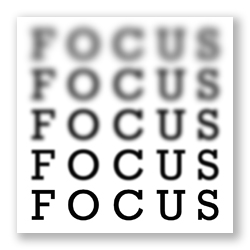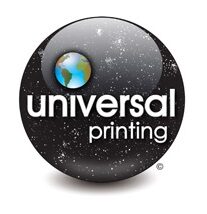It should be pretty clear to anyone who knows and does business with us, that we love what we do! Each day is different, filled with new projects and opportunities (and occasionally some “curve balls” to troubleshoot and solve.) But I can promise… it’s NEVER boring! We work on a lot of different types of projects, too. Sometimes we have an awesome graphic design project in-house or some large direct mail project, other times we’ll have complex kits to produce and assemble. It’s safe to say, that every project we work on is unique and important in its own way.
Let’s face it… NOBODY enjoys proofreading. Ok, maybe there’s a rare few that get a kick out of it from time-to-time, but nobody really “likes” it. Still, it’s a very important step in any graphic design project or page layout process, and one that sometimes gets overlooked. It’s easy to “pass the buck” on this, and assume someone else should have proofread; but anyone involved in putting files together for printing should take a moment to proof their work. Granted, I’m only talking about proofing for completion and accuracy. Grammar and punctuation can be addressed in someone else’s blog! For us, we just want to help get it on press quickly, and address any concerns BEFORE the project is plated and printed. These tips will help make your proofreading process a little easier.
Here are a few things to keep in mind when setting up files for printing:
So you want to know even more about paper, eh? I don’t blame you. Our previous blog post went over some of the basics of paper, like the type of coating or finish, and caliper, weight and bulk. This post will cover opacity, brightness, shade and grain. Let’s get started!
